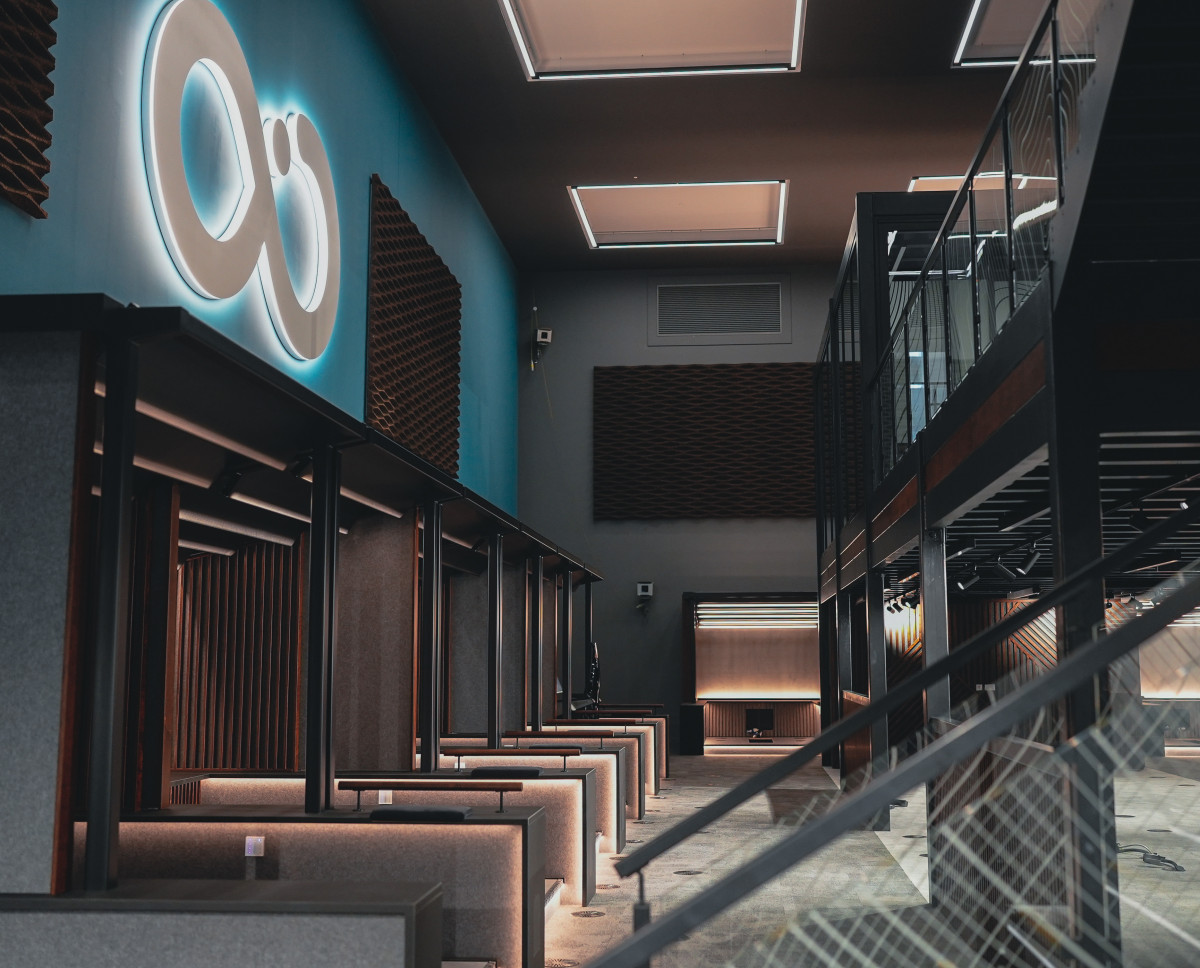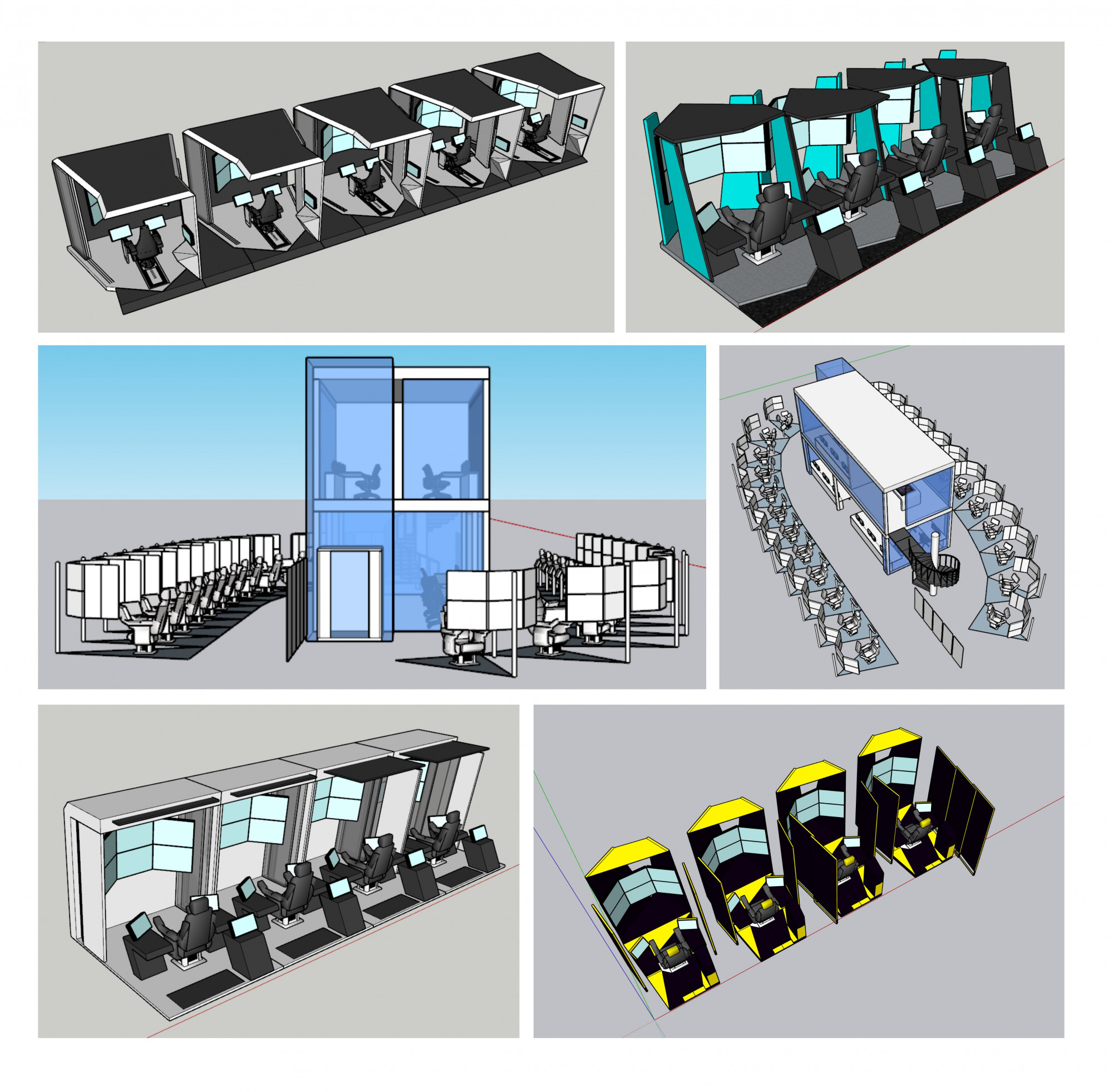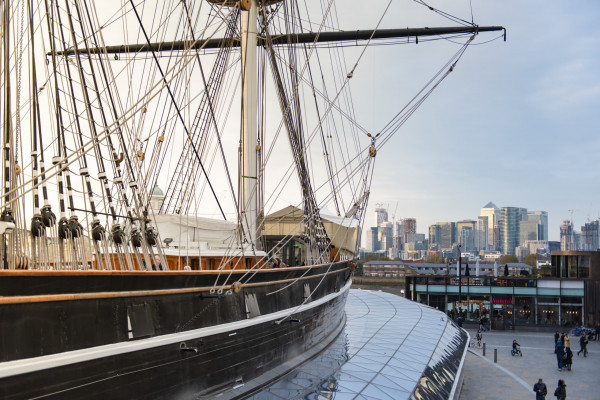Mima has worked intensively with the global Ocean Infinity team as it has expanded rapidly over recent months; both remotely using web-based design tools, and through in-person workshops (where pandemic restrictions have allowed). Together we have quickly adapted to progressive ways of achieving truly user-centred collaborative design with a large proportion of remote working. This has run through from design thinking-led research to define the brief, extensive exploration of many potential ways of answering it, to refining and detailing the selected design option. At each stage we have gained from using collaborative software tools to rapidly onboard and immerse new stakeholders in the project and the emerging design thinking as they joined it. This has enabled them to quickly understand the breadth and depth of the work and to contribute their knowledge and experience to conversations earlier than they could have done otherwise.
Our work began by combining extensive knowledge, skills and experience from the Ocean Infinity team with service design focused thinking to develop a detailed strategic brief for the facility. With the context set by the wider aims and ambitions for the Armada fleet, the design of the centre required a tightly focused vision for how the pivotal onshore element of the operation should work. This included considerations for scalability, flexibility, and embracing the ethos of safe marine operations whilst exploring how onshore control can safely bring efficiencies, continual improvement, and maximise opportunities for getting the best out of the humans involved.
Together we have rapidly reviewed and iterated many potential solutions whilst exploring possibilities to challenge norms and assumptions from both the marine sector and traditional control centre design. Some ideas that we have examined include the following:
• dynamic positioning of roles and functions according to projects or the scenarios in play, aiding communication flow and shared situational awareness
• use of traditional marine terminology (e.g. bridge, below deck) to emphasise how spaces and workstations should be used
• operational efficiencies through adaptable and configurable workstations as well as potential reconfiguration of the overall space over time
This explorative approach has driven the development of a detailed design that stands out as a truly innovative space. The workstation bridges immerse the operator in their tasks, give them control over their environment, and will pioneer how remote operation of vessels can be efficiently carried out onshore. At the same time the general arrangement of work positions for supporting roles in the room will facilitate them overseeing and standing ready to assist as the need arises, with situational awareness light features and dashboard screens integrated into the threshold of each bridge workstation to guide their attention. The result is a standout space that will help to distinguish the Armada fleet as a global market leader.




